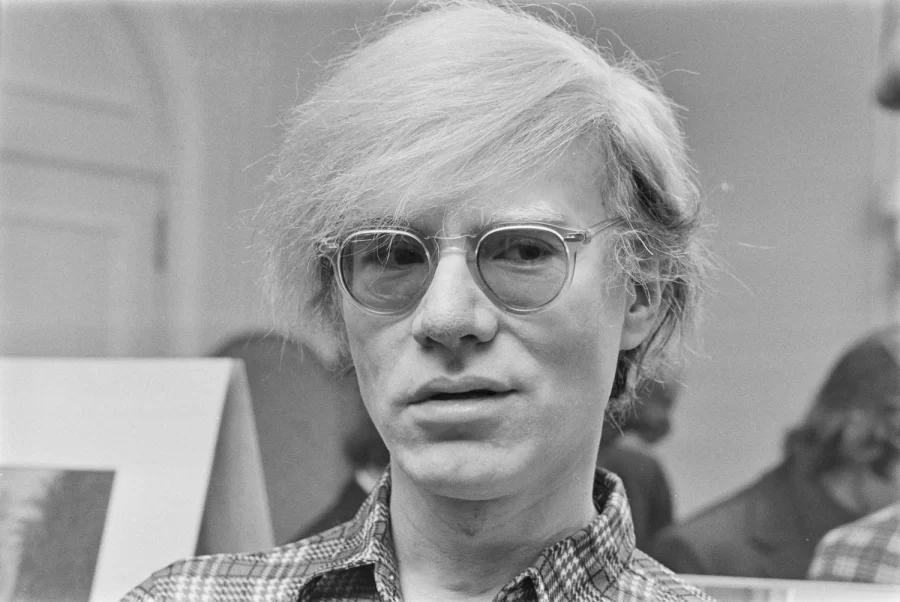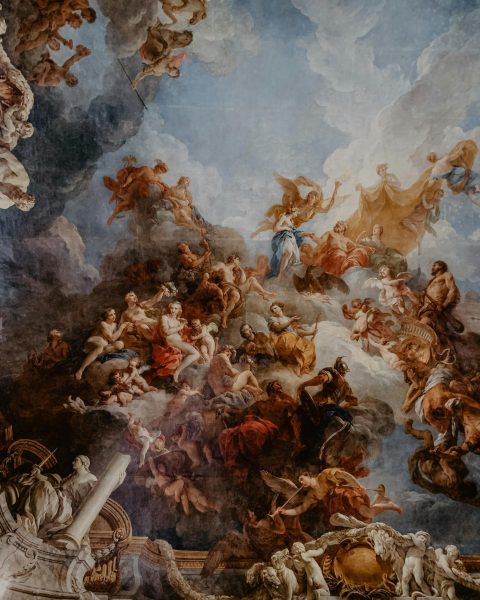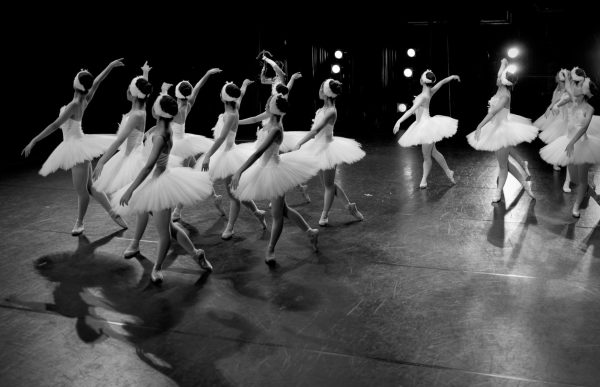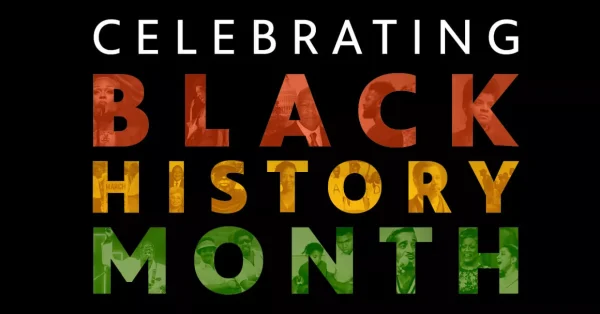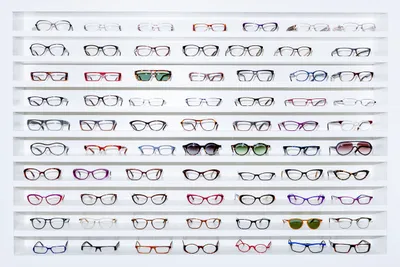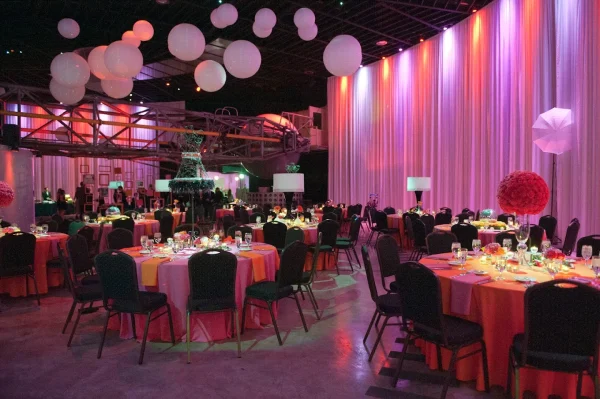The Evolution of American Art
As we embark upon a new year, it is important to recognize the progression of art in order to predict the future of it. American art has undergone a number of significant changes and evolution over the decades, reflecting the cultural, social, and political developments of the country.
In the early days of American history, art was largely inspired by European traditions and styles, with much of the work being produced by artists who had trained in Europe. America was yet to find its own voice, still artistically controlled by the British. This changed in the late 19th and early 20th centuries, with the emergence of the American modernist movement, which rejected European traditions and sought to develop a uniquely American style of art. This movement was led by artists such as Winslow Homer, Edward Hopper, and Georgia O’Keeffe. These artists were interested in capturing the landscapes, people, and culture of America in their work. Techniques such as fragmentation, stream of consciousness, and free verse were utilized. New psychological themes were also introduced, including a new take on both isolation and disillusionment.
In the mid-20th century, Abstract Expressionism emerged as a major force in American art. This was led by artists such as Jackson Pollock, Willem de Kooning, and Mark Rothko who created large, expressive paintings that were meant to evoke emotion and convey meaning through the use of unique shape and form. This movement was followed by the emergence of Pop Art in the 1960s, which appropriated elements from relevant popular culture, such as advertisements, movies, and television, and incorporated them into their art. Artists such as Andy Warhol and Roy Lichtenstein were also influential figures in this movement.
In the latter half of the 20th century, the Civil Rights and feminist movements respectively had a significant impact on American art. Many artists began to address social and political issues in their work, and there was a greater focus on diversity and inclusivity in the art world. There was an increase in the use of art to address a target demographic and convey messages to the masses. The rise of performance art also played a role in the evolution of American art during this time. As activism was popularized, so was the use of protest through art. Anti-propaganda pieces, along with physical protests were more common in America.
In more recent years, the rise of digital media and technology has had a significant impact on the way art is created and shared, with many artists using new media and platforms to reach new audiences and explore new forms of expression. Not only have artists used technology to create art, but there is a newfound interest in making art that is about technology. The New York based art collective BREAKFAST has popularized the use of rotating pixels that can create a wall which mirrors the viewer’s movements. Other art groups take classics and restore them in modern forms. Culturespaces brought Vincent Van Gogh’s “Starry Night” to life using speakers and video projectors, making the audience feel as if they were inside of the painting.
But the newfound exploration of art through modern technology is what characterized the 2010s, not necessarily the 2020s. While the art of this decade has largely been defined by COVID, there is clearly an attempt from American artists to get away from a subject that is so overwhelming. 2022 art often focused on the familiar, museums tended to take little risks due to the attempted recovery from the pandemic. The younger generation of artists are often focused on dadaism, a subgenre focused on art with no real meaning. Many predict that because Gen-Z is the future of art, a more contemporary type of dadaism will form. This could very well be the defining genre of the 2020s, and perhaps even the century.
